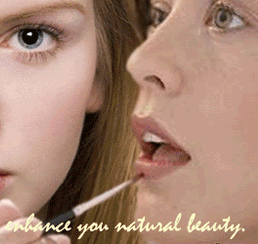


   |
|
Home :: Vulvodynia Vulvodynia - Causes, Symptoms And Some Essential Care Tips For VulvodyniaAlternative Names :: Essential Vulvodynia, Pudendal Neuralgia, Chronic Essential Vulvar PainVulvodynia, essential :: Vulvodynia is the medical term for pain the in the vulva area of a women's body. The term is generally reserved for chronic pain in the vulva with no known cause. A chronic, diffuse, unremitting sensation of burning of the vulva (the female external genital organs including the labia, clitoris, and entrance to the vagina) a painful sensation which may extend to the perineum, thigh or buttock and is often associated with discomfort in the urethra and rectum. Vulvodynia means "painful vulva." Vulvodynia is a syndrome characterized by chronic vulvar discomfort, especially burning, stinging, irritation or rawness. Sexual intercourse, walking, sitting or exercising can make the pain worse. Essential vulvodynia occurs primarily in postmenopausal women. There are no reliable data on the prevalence of essential vulvodynia. What are the causes of Vulvodynia (Essential Vulvodynia) ?Vulvodynia condition is usually diagnosed when no cause for a woman's pain can be found. Though different theories exist as to why this condition occurs, the exact cause is unknown. This condition occurs most often in middle-aged white women. The main risks of this condition are frustration and depression. True vulvodynia does not result in any physical health risks and is not related to cancer. Some common causes of Vulvodynia (Essential Vulvodynia) includes :-
What are the signs and symptoms of the Vulvodynia (Essential Vulvodynia) ?Vulvodynia is characterized by itching, burning, stinging or stabbing in the area around the opening of the vagina. Symptom of vulvodynia may range from mildly irritating to completely disabling. Some common symptoms of Vulvodynia condition include:
What are the essential treatments for the Vulvodynia (Essential Vulvodynia) ?There is no known cure for Vulvodynia condition. Many different types of treatment may be tried. Different women respond to different essential treatments, and some women do not respond at all. Common treatments for Essential Vulvodynia include :-
Other Treatments for the Vulvodynia (Essential Vulvodynia) include -
What can be done to prevent the Vulvodynia (Essential Vulvodynia) ?There are no ways known to effectively prevent Vulvodynia (Essential Vulvodynia) condition. But some essential steps should be taken to get pervented Vulvodynia are
What are the side effects of the Vulvodynia treatments ?All medications have possible side effects. These include allergic reactions, stomach upset, and others. Specific side effects depend on the drugs. Different women have different side effects. |
|
|
|
Cosmetics Home || Beauty Articles || Gynaecological Problems || Contact Us || Body Tattoos || Stretch Marks|| Celebrities || Plastic Surgery || HGH || Resveratrol Reviews ||
(c)Copyright Bestincosmetics.com All rights reserved.